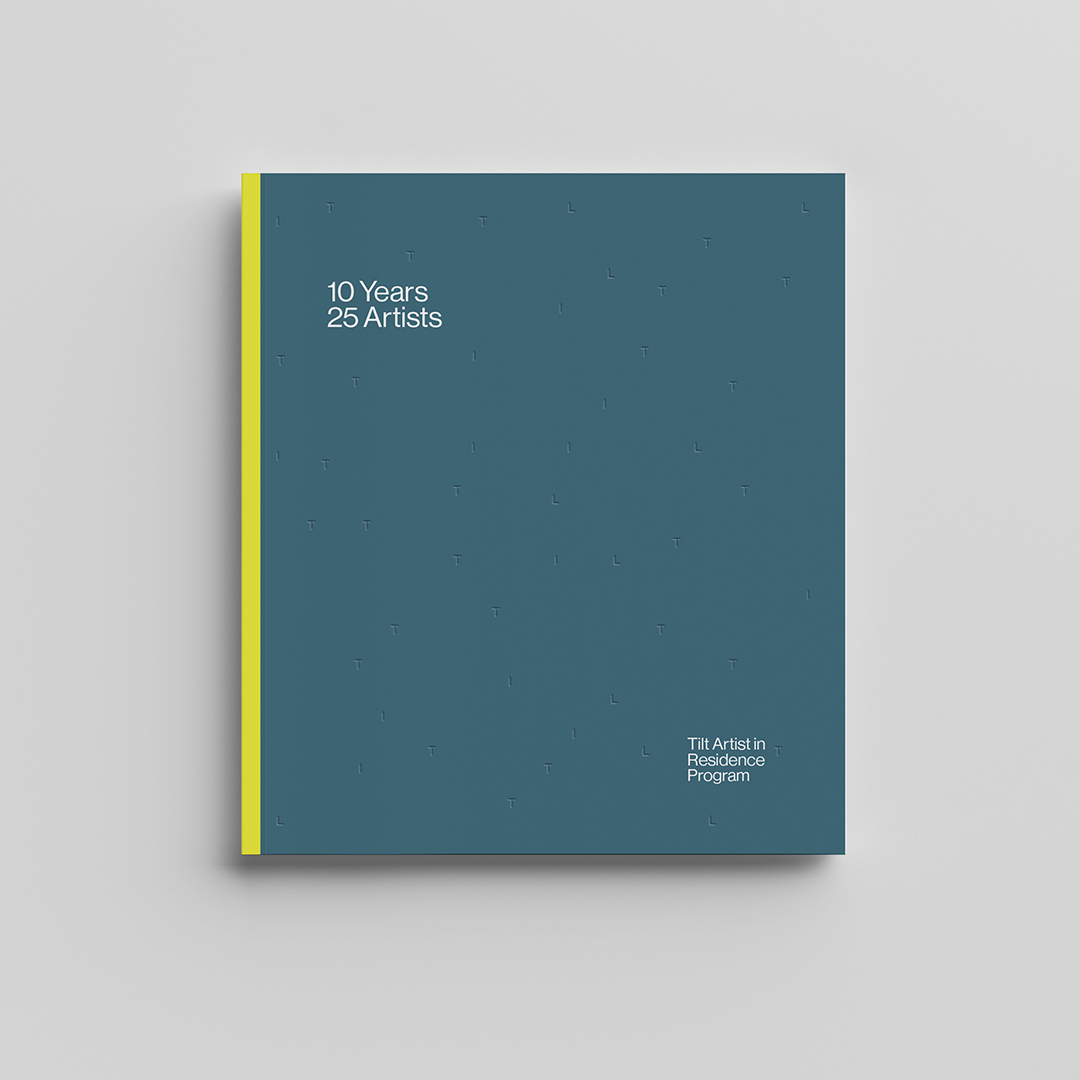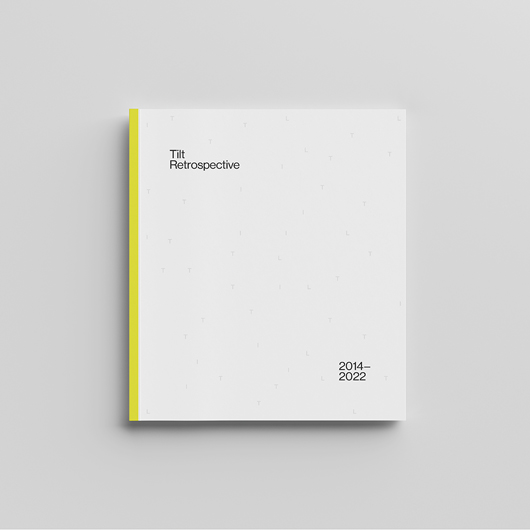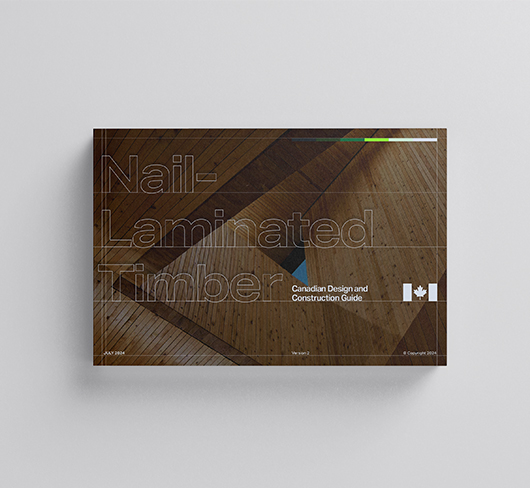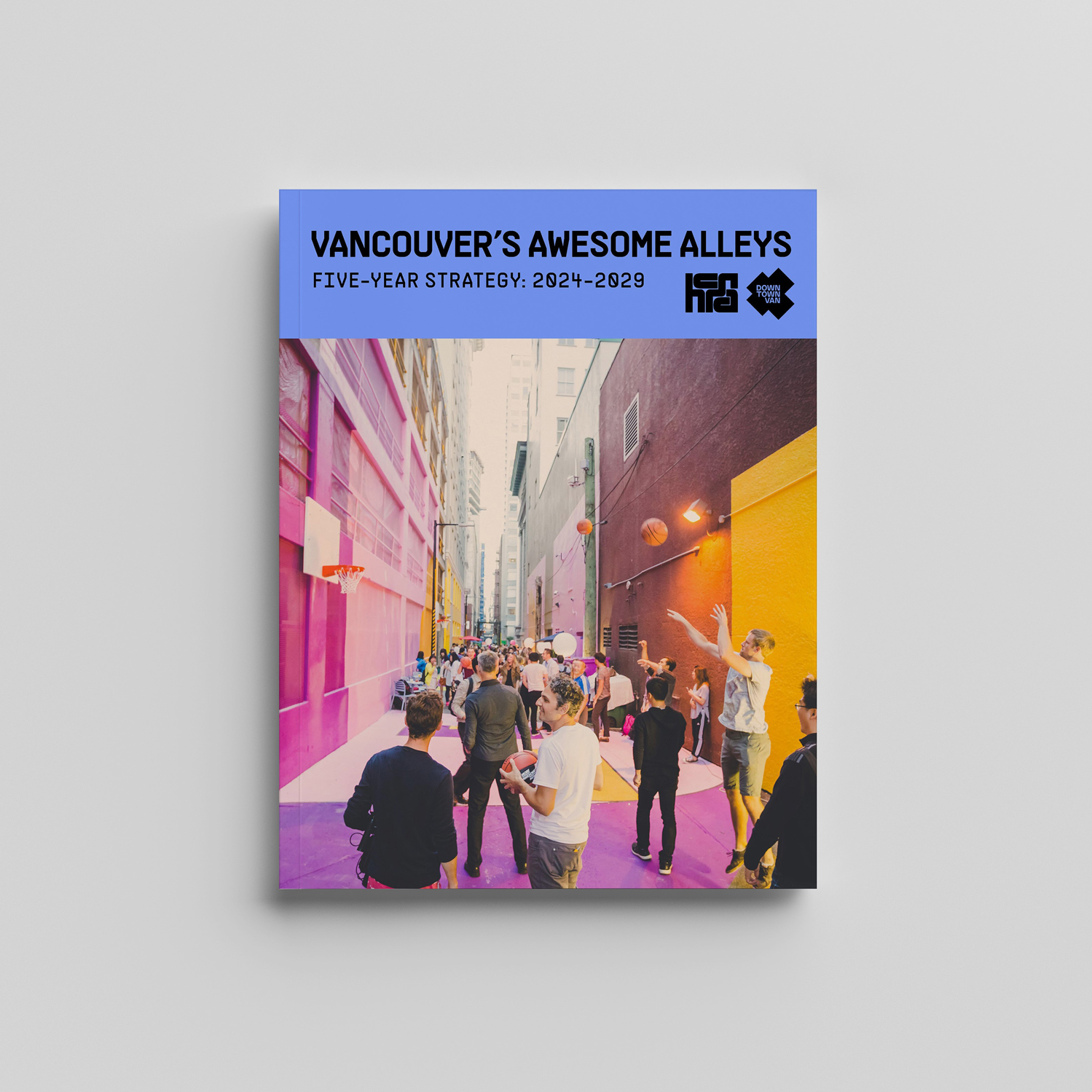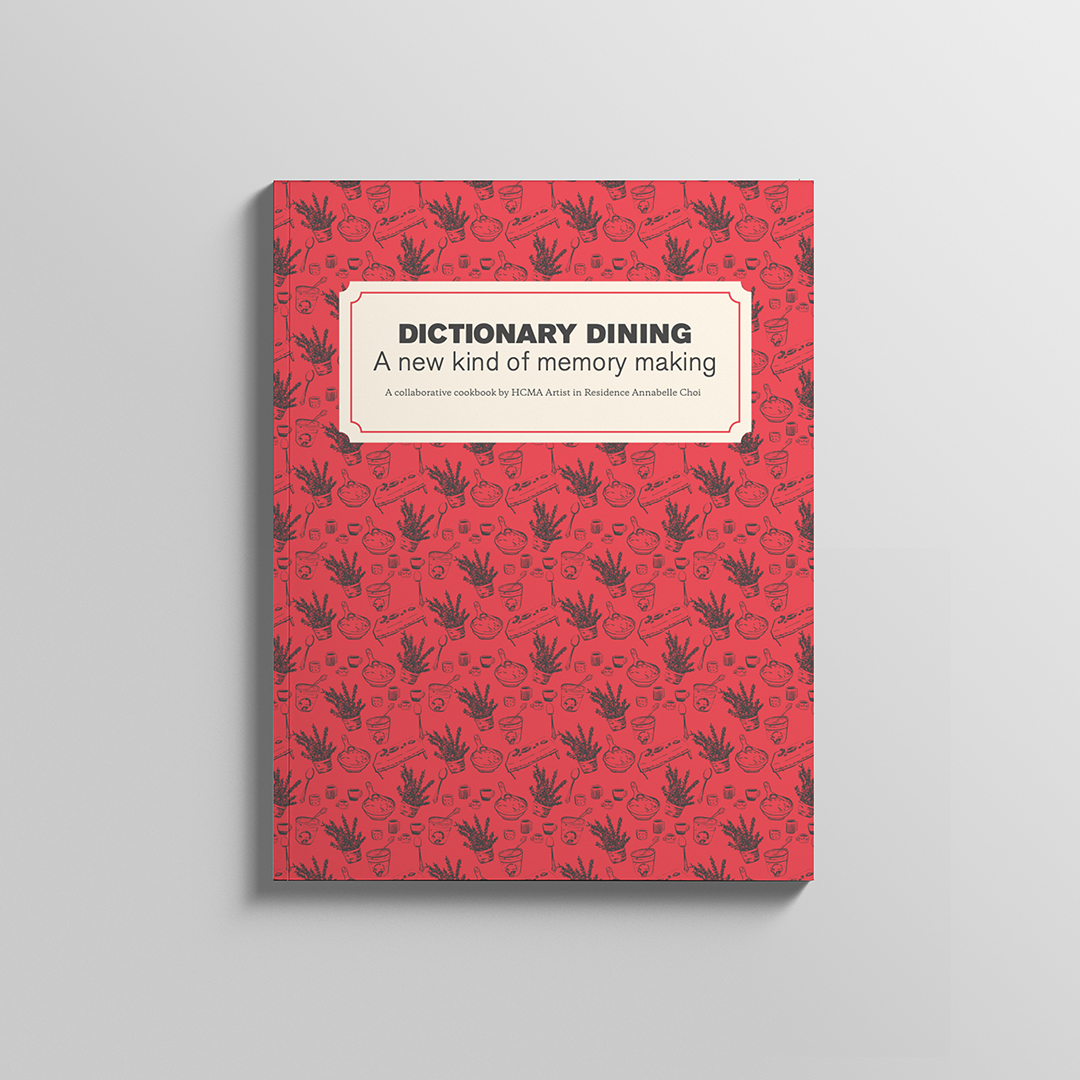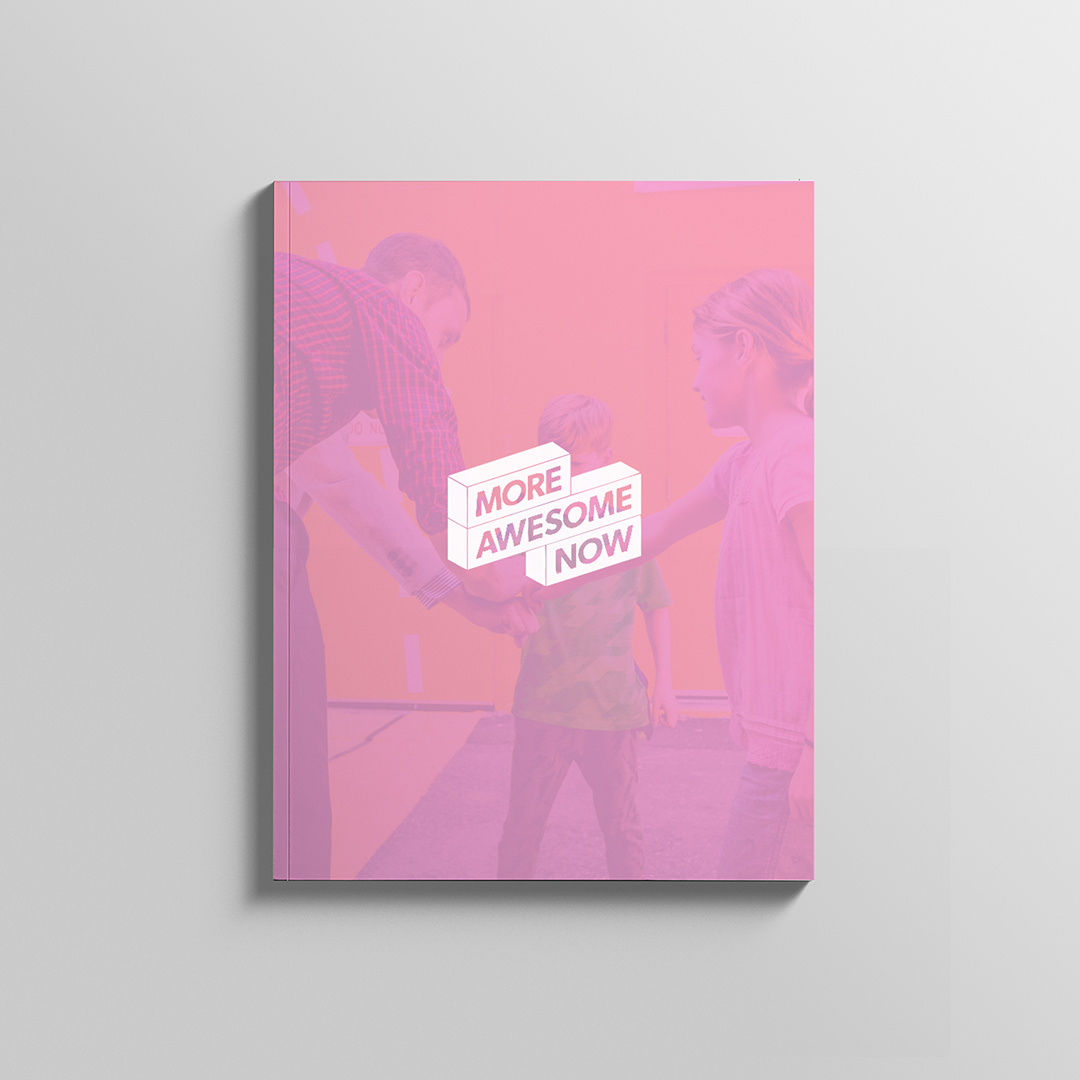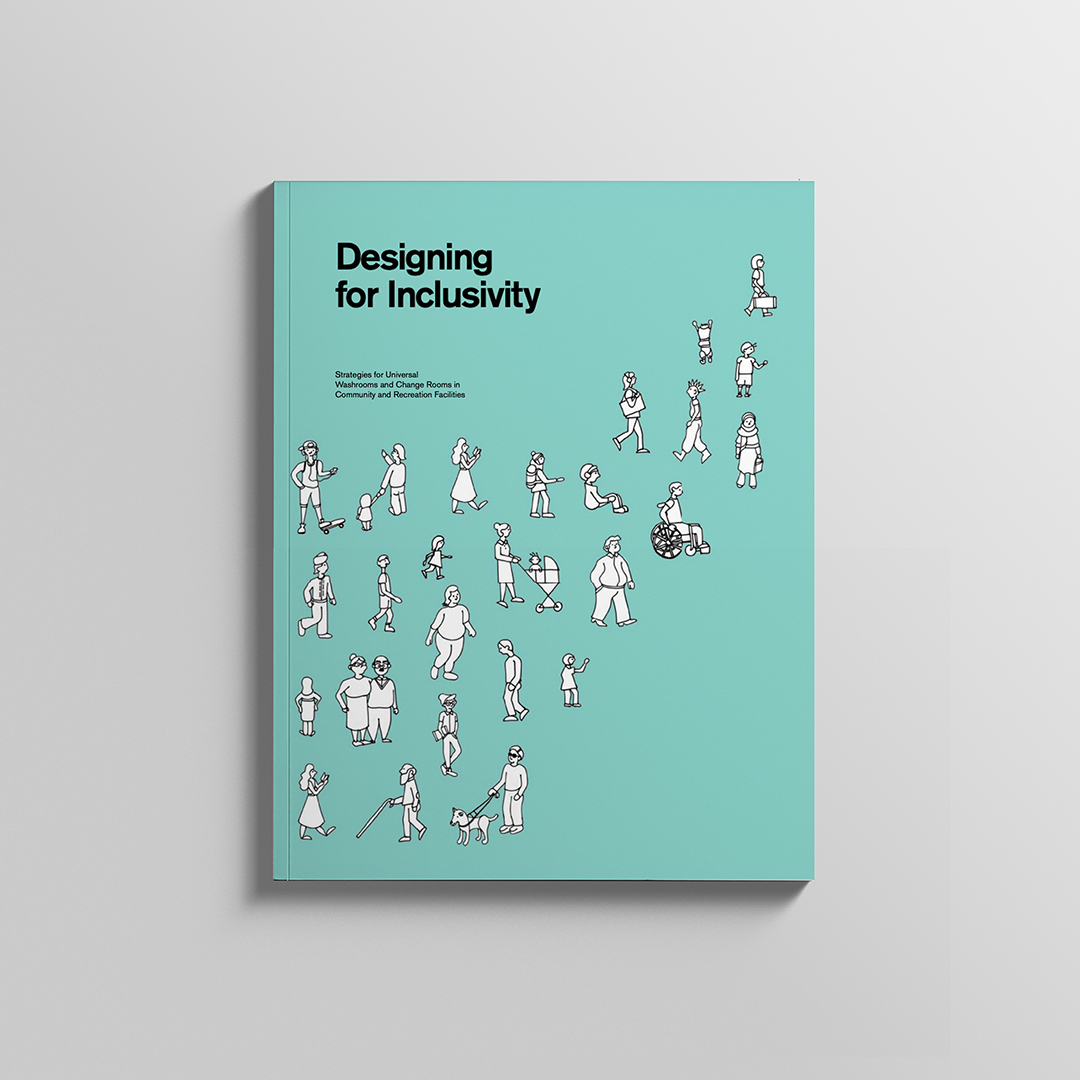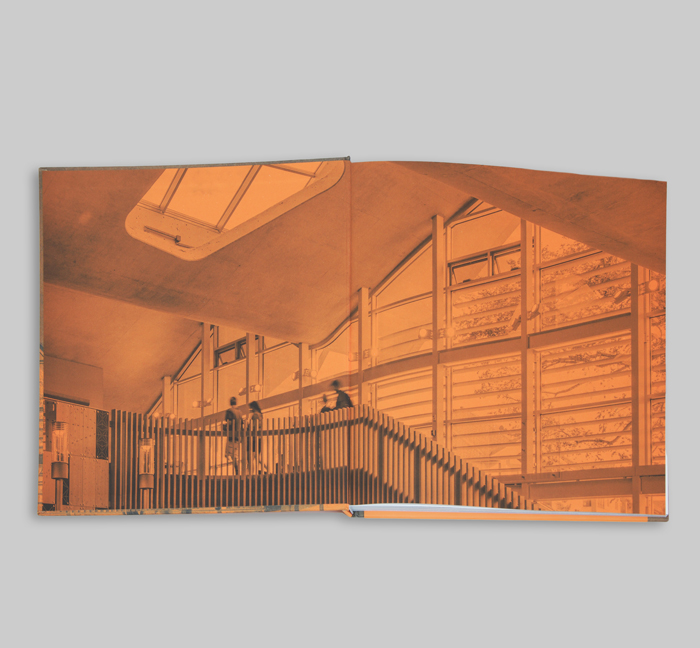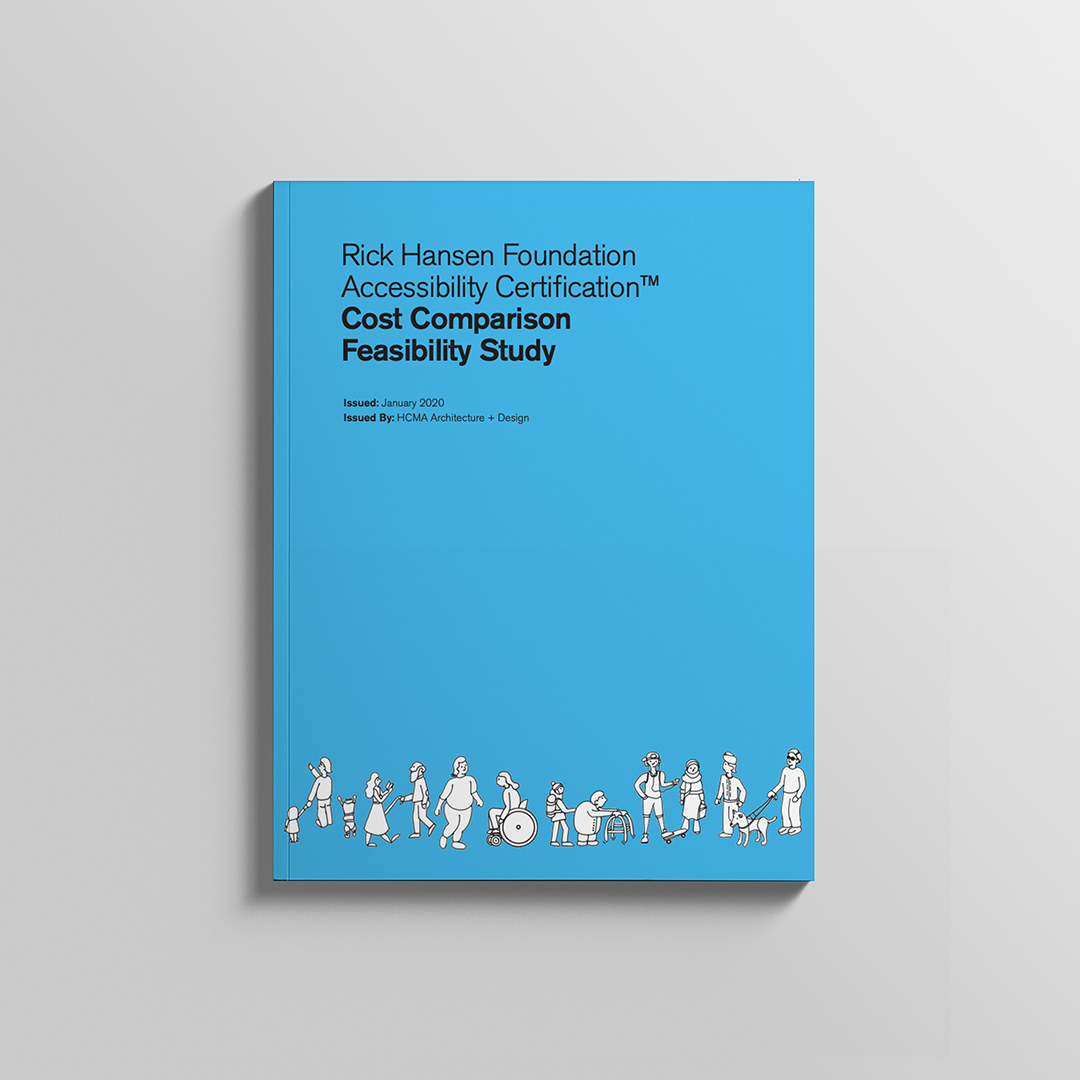
The Rick Hansen Foundation Accessibility Certification rates the level of meaningful access of the built environment, keeping in mind user experience of people with varying disabilities affecting their mobility, vision and hearing. To date, over 1,200 buildings across Canada have been rated through the program.
This report compares the RHFAC program with Canada’s 2015 National Building Code (NBC) and the 2018 Ontario Building Code (OBC). The findings reinforce that NBC and OBC on their own are not stringent enough to meet the holistic needs of people with disabilities, and that meaningful accessibility can be achieved with minimal cost impact to building owners, developers and designers.
The cost comparison feasibility study also finds that new buildings could be certified Gold – the highest tier of accessibility under the RHFAC program –if construction costs were increased by as little as one per cent. Public and private sites, as well as multi-unit residential buildings can achieve ‘RHF Accessibility Certification’ or ‘RHF Accessibility Certified Gold’ by scoring at least 60 per cent or 80 per cent respectively on the RHFAC Rating Survey.
Key findings of the report include:
- Projects can achieve RHF Accessibility Certification (or a score of 70-74% on the RHFAC Rating Survey) at no additional cost through thoughtful planning and design
- Projects built to meet the minimum requirements of National or Ontario building codes would not achieve RHF Accessibility Certification
- On average, there is only a 1% construction cost increase to build to RHF Accessibility Certified Gold, when meeting NBC or OBC
- Office buildings incur the smallest cost increase to achieve RHF Accessibility Certified Gold at a cost increase of approximately 0.4%
- Meaningful accessibility can be achieved with minimal cost impact through a commitment to thoughtful planning and design, i.e. material selection
